

“After a long life of pondering, designing ideas, and storing them in filing cabinets, Maite was very tired. She was ninety-five years old and had already completed the list of things she wanted to do in life. She had created a theater inside a suitcase, premiered a trilogy based on her memoirs, and published a complete collection of essays on how Russian neo-constructivism influenced the neo-structuralist post-contemporary scene via postmodernism.
She gathered all her loved ones at her bedside and, as she read her favorite book, breathed her last breath.
As her body was being buried the next day, her consciousness emerged into an unfamiliar world. She found herself seated next to a huge shadow that greeted her with particular attention. From a railing, they both observed a luminous and distant world that stretched out in front of them, from which thousands of fine threads came out and ended up in their hands.
The shadow introduced herself as the Great Designer, and Maite became her assistant and, later, took her place. She had, finally, confirmed that we are nothing more than miniatures of that superior entity.”
“Después de una larga vida reflexionando, diseñando ideas y guardándolas en archivadores, Maite estaba muy cansada. Tenía noventa y cinco años y ya había completado la lista de cosas que había querido realizar en su vida. Había creado un teatro al interior de una maleta, estrenado una trilogía basada en sus memorias y publicado una colección completa de ensayos sobre cómo el neoconstructivismo ruso afectaba, posmodernidad mediante, la escena poscontemporánea neoestructuralista.
Reunió a todos sus seres queridos alrededor de su cama y, mientras leía su libro favorito, exhaló su último aliento.
Mientras su cuerpo fue enterrado al día siguiente, su conciencia apareció en un mundo desconocido. Se halló sentada junto a una sombra descomunal que la saludó con particular atención. Ambos observaban, desde una baranda, un mundo luminoso y lejano que se extendía frente a ellos, del cual salían miles de finos hilos que iban a parar a sus manos.
La sombra se presentó como la gran diseñadora y Maite se transformó en su asistente para, luego, tomar su lugar. Había confirmado que no éramos más que miniaturas de aquel ente superior.”
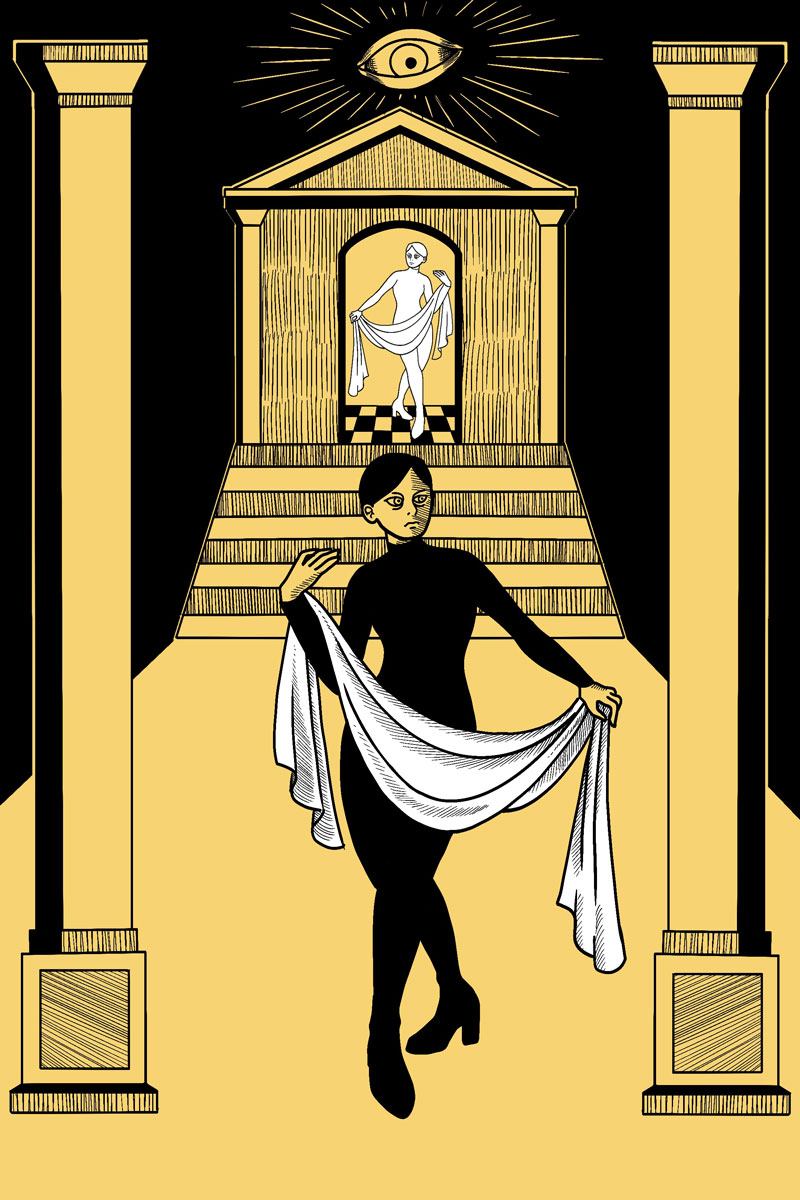
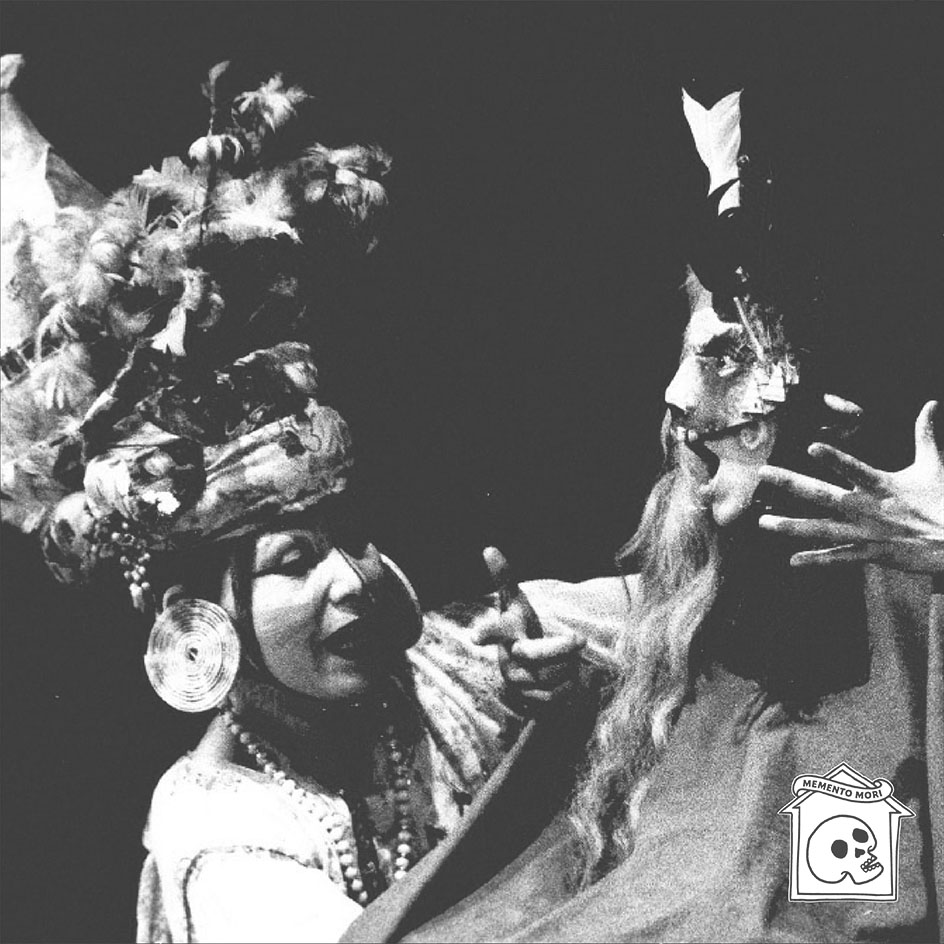
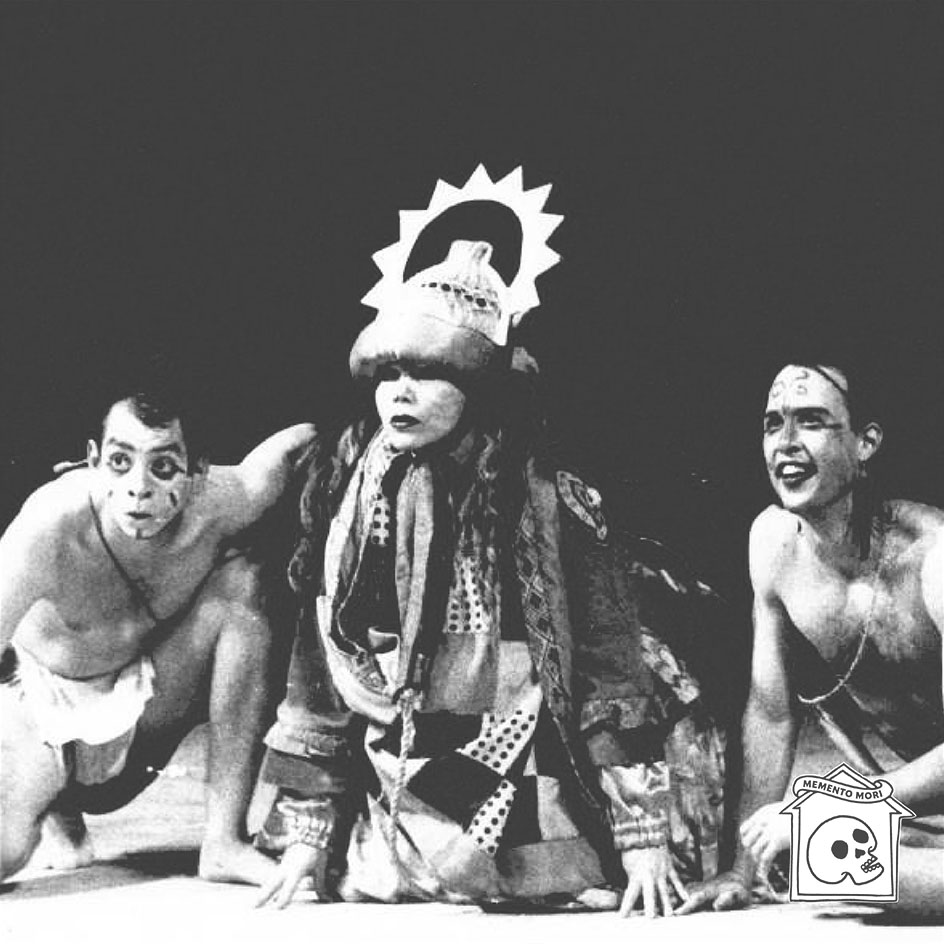
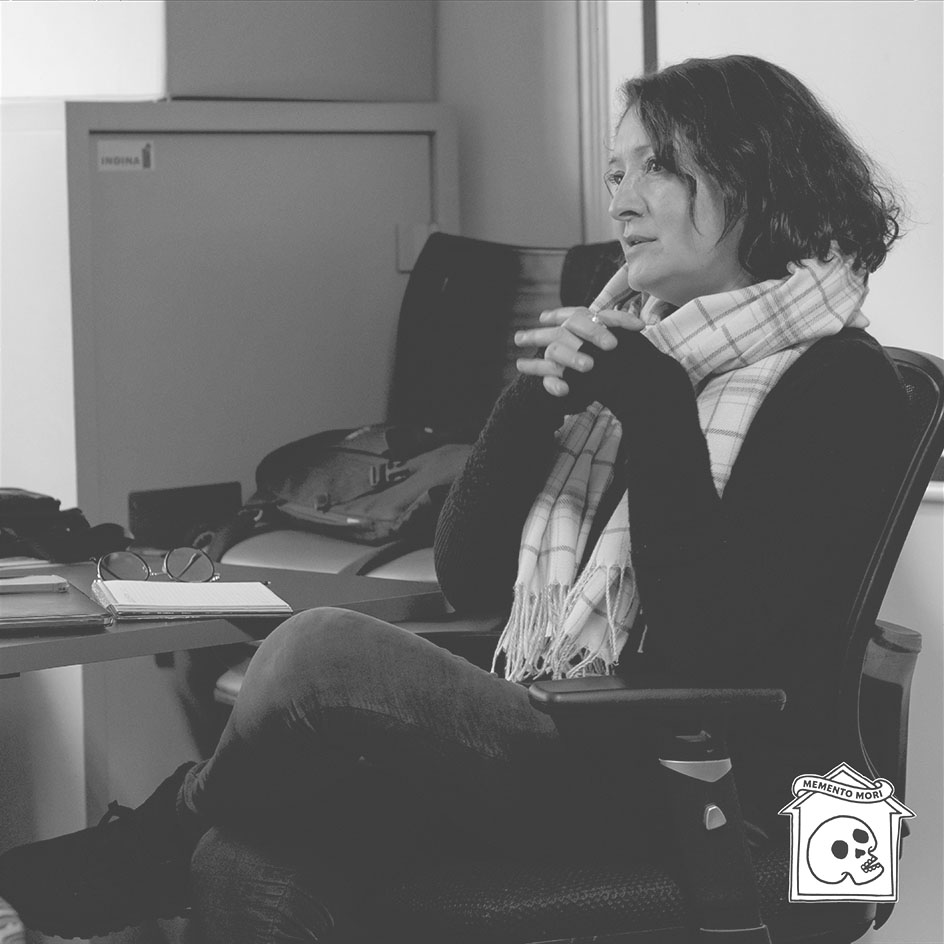



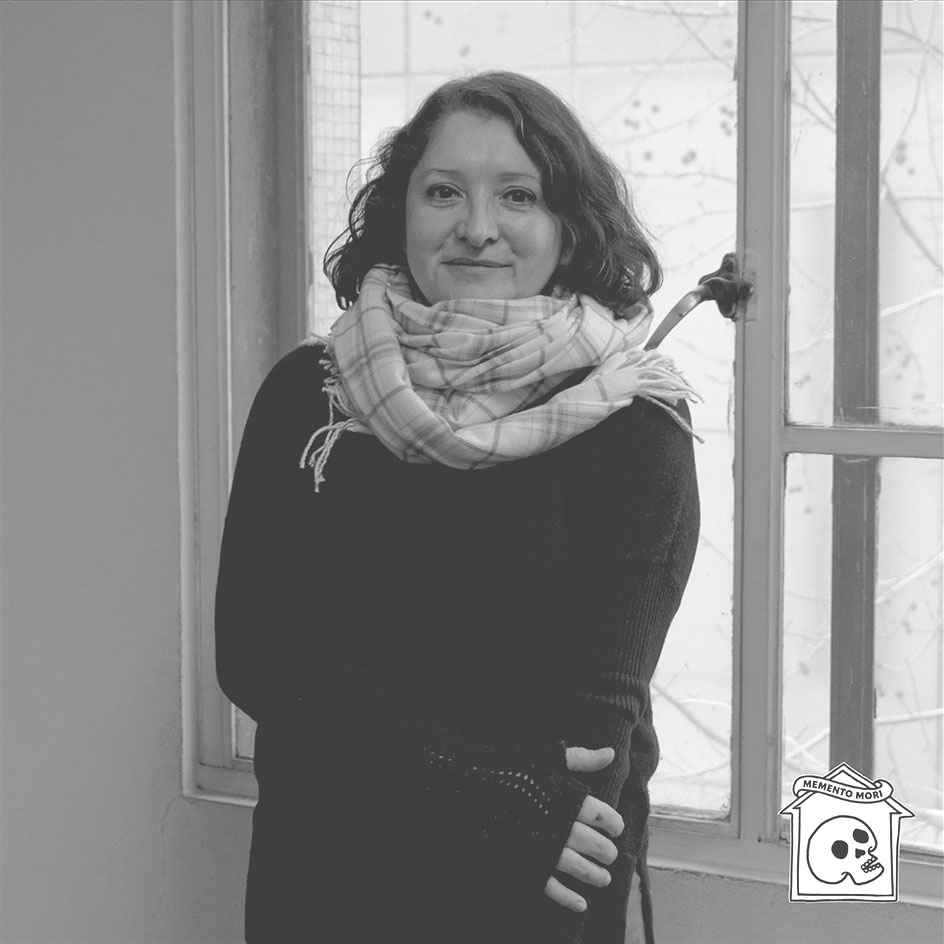
María Teresa Lobos (better known as Maite Lobos) was a theater designer trained at the University of Chile. The first play she ever saw was "Beckett o el honor de Dios" at the Catholic University Theater.
During her career as a designer, her work in "Popol Vuh" with Andrés Pérez deserves special mention, as she considered that by working with him and his team, she was able to develop the ability to work and design through experimentation, by assembling fabrics and colors on real bodies to create a costume. The Oriental imaginary proposed by Pérez became the starting point for her interest in Asian stagings, such as Kathakali and Bunraku theater, from where her personal interest in working with miniatures also arose.
She was forever dedicated to theater from an intellectual and analytical point of view. Within the world of cultural studies and focused on the visual. She developed academic and personal research on the performativity of the body and its implications, conveying this knowledge to her students in class.
She was a professor and held public offices at the School of the Arts of the University of Chile. However, towards the end, she also dedicated herself to archiving as a performative discipline and to personal and private projects based on the creation of miniatures.
One of her most interesting and undervalued achievements was devising the idea that theater work can be carried out from a thinking and analytical perspective, and not only in terms of the creative process.
María Teresa Lobos -o más bien conocida como Maite Lobos- fue una diseñadora teatral formada en la Universidad de Chile. La primera obra que vio en su vida fue “Beckett o el honor de Dios” en el Teatro de la Universidad Católica.
En su trayectoria como diseñadora destacó su trabajo en “Popol Vuh” con Andrés Pérez, a quien consideró una gran escuela, ya que con él y su equipo desarrolló la capacidad de trabajar y diseñar desde la experimentación; montando telas y colores sobre los cuerpos para generar un vestuario. El imaginario oriental propuesto por Pérez se transformó en el punto de partida para su interés en las puestas en escena orientales, tales como el kathakali y el teatro bunraku, desde donde surgió también su interés personal en el trabajo con miniaturas.
Siempre estuvo dedicada al teatro desde lo intelectual y lo analítico. En el mundo de los estudios culturales y abocada a la visualidad. Desarrolló investigaciones tanto académicas como personales en torno a la performatividad del cuerpo y sus implicancias, transmitiendo estos conocimientos a sus alumnos en clase.
Fue académica y desempeñó cargos públicos en la Facultad de Artes de la Universidad de Chile. Sin embargo, en sus últimos días también se dedicó al archivo como disciplina escénica y a proyectos personales y privados en torno a la creación de miniaturas.
Uno de sus logros más interesantes y poco valorados fue concebir la idea de que trabajar en teatro se puede hacer desde el pensamiento y su análisis, y no solo desde la creación.